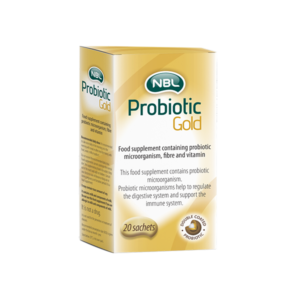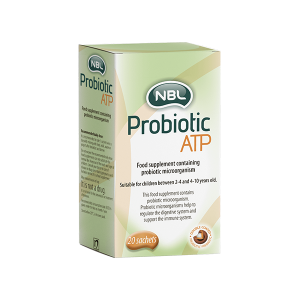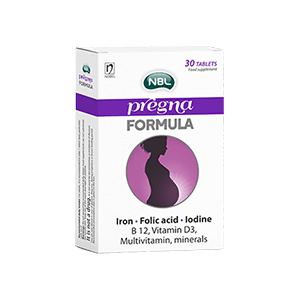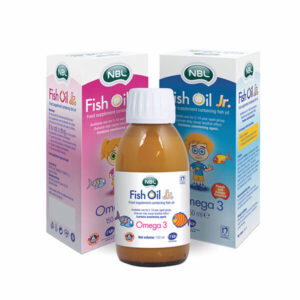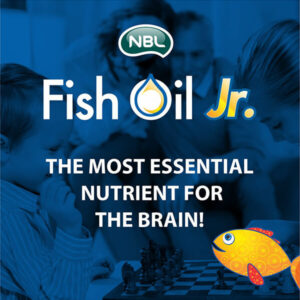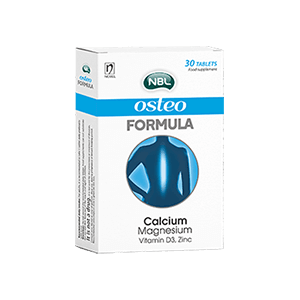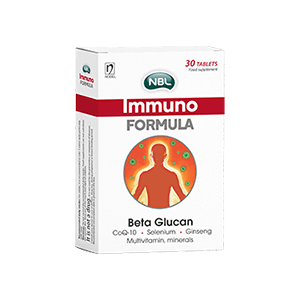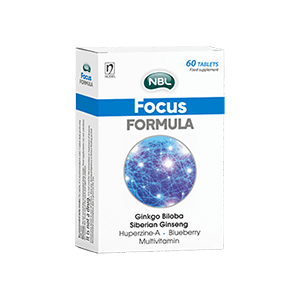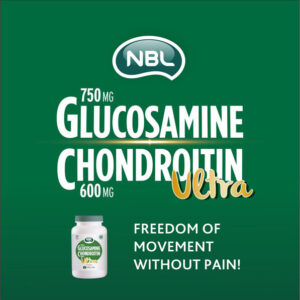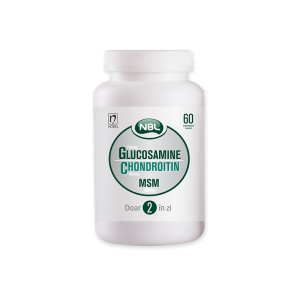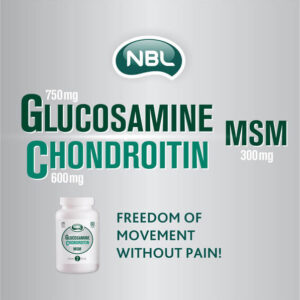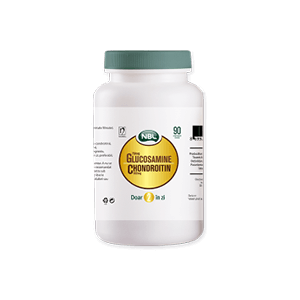Freedom of movement without pain!
NBL Glucosamine & Chondroitin contributes to the maintenance of the functions of the musculoskeletal system, also this is an additional source of glucosamine and chondroitin for human body.
Glucosamine is synthesized in the cells of the body by cartilage cells (chondrocytes) from blood sugar (glucose) and glutamine (an amino acid). In nature, glucosamine is found in small amounts in food, in mollusk shells, as well as bones and / or bone marrow of animals, and some types of fungi. In the production of drugs and biological products, glucosamine is obtained by hydrolysis of crustacean exoskeletons, less often by fermentation of wheat or corn grains. There are two forms of glucosamine: hydrochloride and sulfate. They do not differ in effectiveness since sulfate is converted into hydrochloride in the gastrointestinal tract.
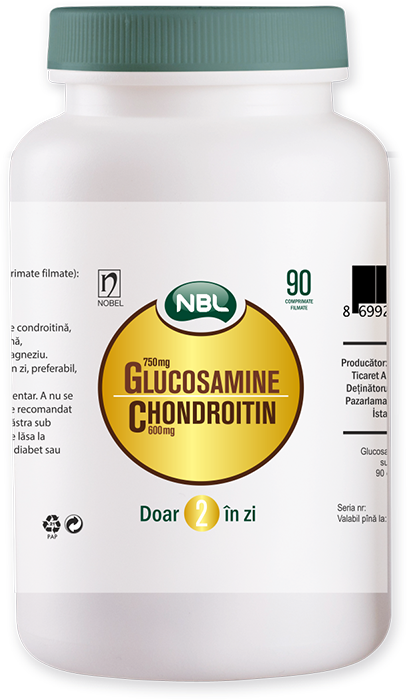
Glucosamine is directly or indirectly involved in the formation or strengthening of the following tissues:
Bones
• restores the collagen framework of the intercellular substance of the bone tissue.
• normalizes the process of Ca2 + deposition in bone tissue
Tendons and Ligaments
• connects cells and strengthens connective tissue structures
• increases elasticity and resistance to stretching.
Synovial capsule and fluid
• increases the permeability of the joint capsule
• increases the formation of hyaluronic acid in the synovial fluid.
Joints
• restores the surface of the cartilage
• restores the volume and properties of the joint fluid
Chondrocytes
• restores enzymatic processes in cells.
• activates the biosynthesis of chondroitin
Pharmacology
• enhances the antiexudative and analgesic effect of NSAIDs
• reduces the effect of corticosteroids on negative cartilage tissue
Chondroitin is a specific component of cartilage and synovial fluid. In the production of medicines and biological products, chondroitin is obtained from healthy bone and cartilage tissue of cattle, from the cartilaginous surface of joints, from crustacean shells, shark cartilage, fish and poultry and other similar sources. At low levels, chondroitin significantly increases the proliferation of chondrocytes, but does not affect the metabolic rate of these cells. With a high content of chondroitin, it reliably suppresses the multiplication of chondrocytes, but collagen production increases.
Chondroitin is involved in the formation or strengthening of the following tissues:
Bones
• starts synthesizing chondroitin-sulfuric acid and restores bone matrix
• activates phosphorus-calcium mineralization of bone tissue.
Joints
• Starts the synthesis of hyaluronic acid
• restores the viscosity and lubricating properties of the joint fluid.
Cartilage
• retains water in the thickness of the cartilage in the form of microscopic water cavities
• restores the amortization capacity of cartilage tissue.
Chondrocytes
• blocks free oxygen radicals
• activates the synthesis of collagen de novo
Pharmacology
• interrupts the initial stage of inflammation carried out by macrophages
• prevents thrombosis in the subchondral microvasculature.
Pregnant women should take NBL Glucosamine & Chondroitin under the supervision of a physician.
The minimum course of administration is from 1 to 6 months. Longer use of NBL Glucosamine & Chondroitin should be supervised by a physician.
The composition of the recommended daily dose of NBL Glucosamine & Chondroitin (2 tablets) contains:
– glucosamine hydrochloride – 1500 mg;
– chondroitin sulfate – 1200 mg.
Adults should take 1 tablet with meals 2 times a day.
NBL Glucosamine & Chondroitin packaging contains 90 film-coated tablets.
This product is a dietary supplement.

